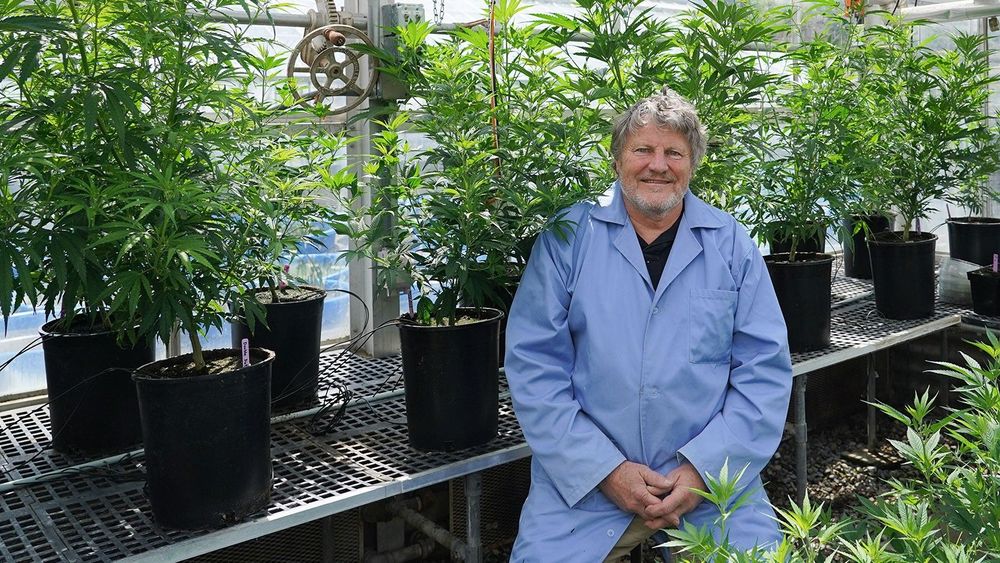As infeasible as it may seem, over the past decade Utah has quietly become home to one of the top cannabis research programs in the nation. This is the story behind that transformation and the man leading that charge.
Housed in a nondescript, single-story red brick building near the northwestern edge of Utah State University in Logan, Utah, is a team of dedicated scientists and researchers working to uncover the hidden secrets, benefits, and features of probably the most misunderstood plant genus on earth: Cannabis Sativa.
Leading this charge is the Director of USU’s Crop Physiology Lab, Dr. Bruce Bugbee, a researcher and scientist who for decades has been at the forefront of understanding the use of what he terms “controlled environment agriculture.”
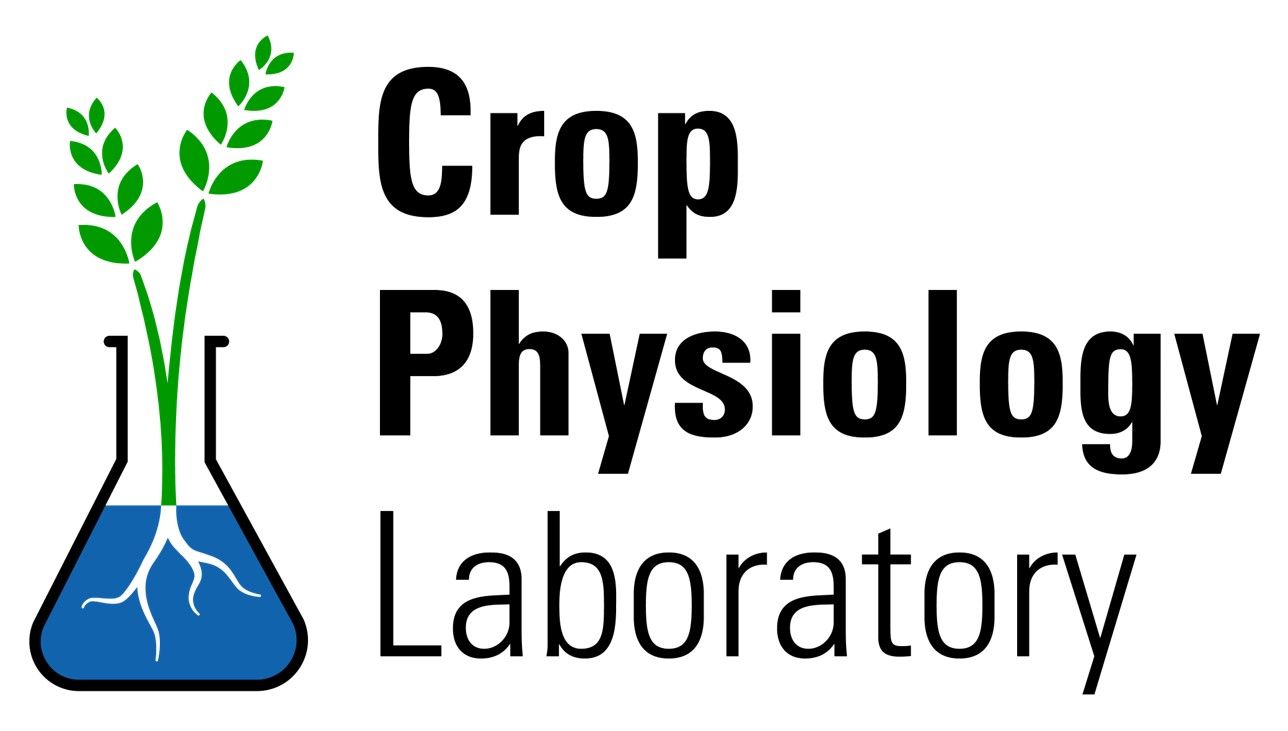
But today, due in great measure to passage of the Agriculture Improvement Act of 2018, Dr. Bugbee is not only the high priest of hydroponics, he has also become Utah’s de facto King of Cannabis.
The Unlikely Marriage of NASA-funded Research and Cannabis
Dr. Bugbee has been a USU academician since 1981, with much of his research work centered around how to grow food in space in size-constricted environments with limited access to water, light, and nutrients, all with the goal of sustaining human life away from planet earth.
This focus has resulted in literally hundreds of millions of dollars in research grants from the National Aeronautics and Space Administration and others, monies directed toward USU and Dr. Bugbee’s teams to help advance the understanding of what it takes to successfully grow food crops in outer space.
Such efforts have led to advancements in the science of artificially generated light frequencies best suited toward optimized plant growth, especially when coupled with nutrient mixtures and concentrations, typically in aquaponic environments.
As a result, Bugbee-led researchers have explored, developed, and integrated customized enclosures, lighting systems, and growing solutions for applications in space.
The work has also led to a bit of public visibility for Dr. Bugbee over the years as he found himself quoted as an industry expert in such mainstream media outlets as Popular Mechanics, CNET, the Chicago Tribune, and CBC News, to name a few.
In addition, decades of such funding-driven efforts have had an unexpected beneficial consequence come the early 2010s, when it became clear that the U.S. House of Representatives would likely lead a change in federal laws prohibiting the growth of what is now known as industrial hemp, the low-tetrahydrocannabinol variants of cannabis, aka, THC.
So when the Farm Bill of 2018 was signed into law, what had previously been whispers generally brushed-off by both Bugbee and USU administrators, found cannabis growers from around the globe calling on Logan, Utah, with checkbooks in hand asking, “How can we improve indoor cannabis growth?”
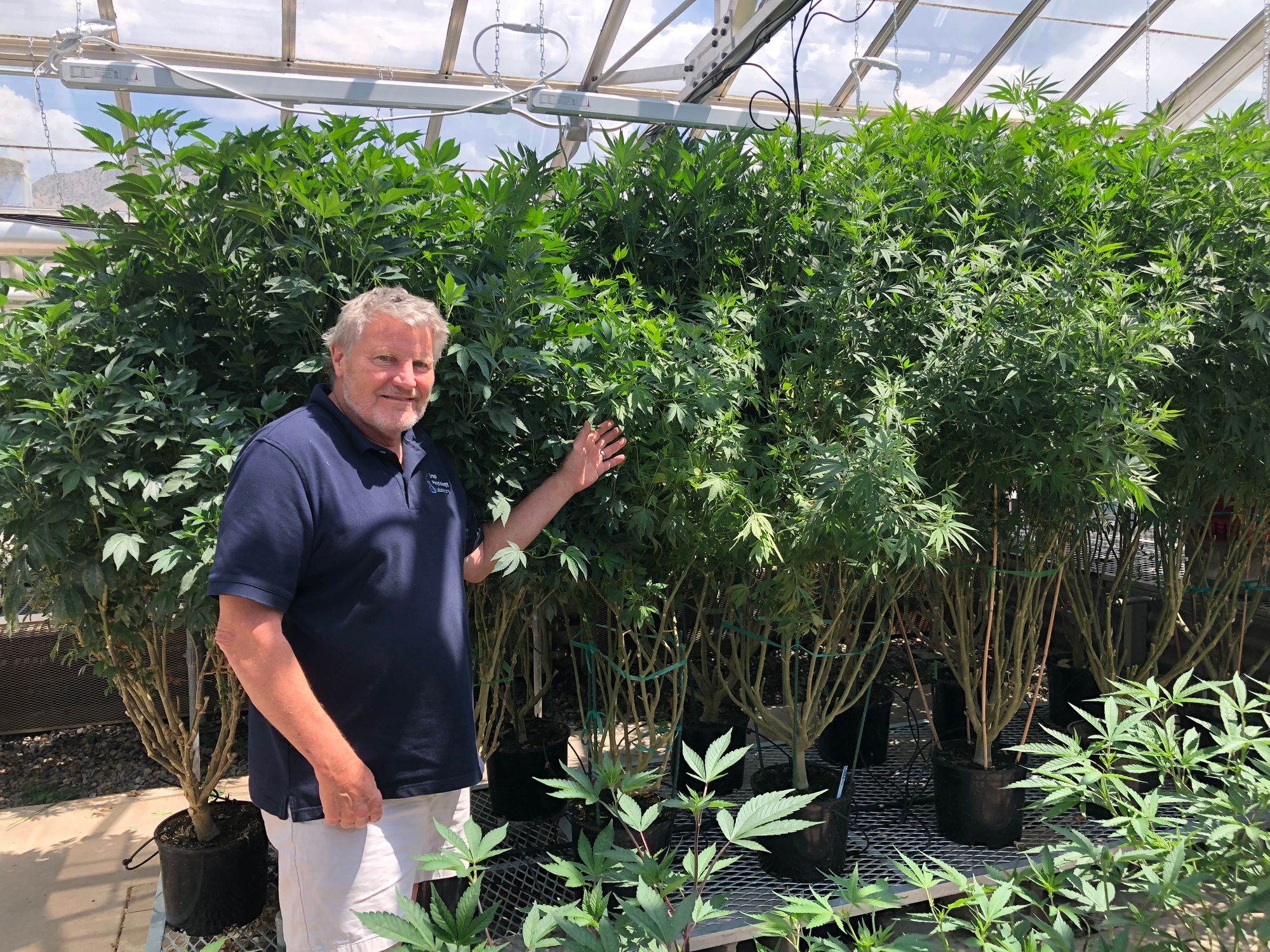
So where historically the bulk of funding for the Bugbee-driven Crop Physiology Lab had come from NASA, today it’s roughly a 50/50 split between cannabis growers and the U.S. space agency.
And to be clear, Dr. Bugbee’s research around cannabis is only focused on low-THC plants, the only research granted by law in Utah today.
The Uneasy Detente with Cannabis in America and Utah
Although most popularly recognized as the plant known as marijuana in its various nomenclatures, the reality is that cannabis is only psychotropic, or makes people “high,” when THC concentration levels exceed 4%.
As I have researched and reported on cannabis over the past five years, what I have found most intriguing are the non-psychotropic uses of the plant, some of which date back literally thousands of years. These include producing rope, cloth, foodstuffs, oils, paper, and more recently, environmentally beneficial substitutes for manufacturing and construction materials such as wood, plastics, and concrete.
However, when examining the unexpected consequences of America’s federal prohibition on the production and sale of alcoholic beverages in the 1920s and 1930s, it’s clear to me that there was a corresponding increase in domestic use of marijuana to get high. And yet, less than four years after Prohibition was erased, Congress passed the Marihuana Tax Act in 1937, the first step in effectively shutting down the legal growth and consumption of cannabis in the U.S.
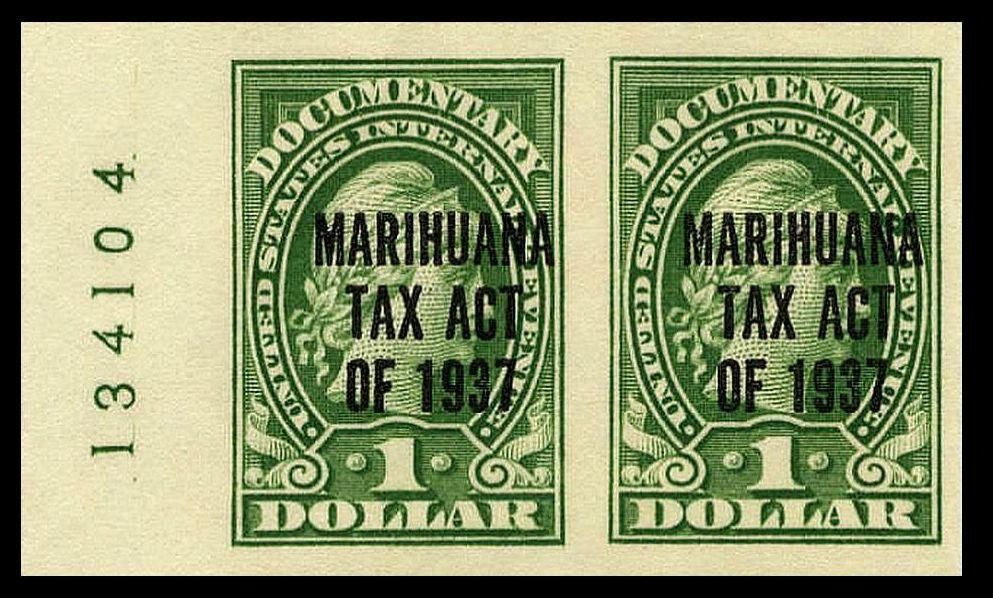
As a result, except for a brief congressional respite during World War II to support rope and uniform production from hemp in America, cannabis growing and production became largely illegal in the U.S., outside of selectively licensed research and medicinal use.
In spite of the continued existence of federally enacted legal restrictions against marijuana as a Schedule 1 narcotic, however, there has been a slow but steady decriminalization of the growth and usage of cannabis containing high THC levels dating back to the late 1970s, starting with personal medicinal use and progressing to recreational use in numerous states today.
And yet, it turns out that such revered national leaders as both George Washington and Thomas Jefferson cultivated and used hemp on their respective farms/plantations, as did numerous other early Americans, politicians or not.
Similarly, here in Utah, none other than LDS prophets Brigham Young and George Albert Smith not only grew hemp, but recommended doing so (as found in passages referenced in the links above in the Journal of Discourses).
And yet, prior to the Farm Bill of 2018, most Latter-day Saints, from leaders to lay members, saw cannabis as an evil plant to be avoided at all costs.
But today, a somewhat uneasy truce exists in Utah and around the U.S. divided between those in favor of full recreational use of marijuana versus those supporting medical use only.
Sometimes caught in the middle, however, are those who suggest, “Wait. Maybe there’s a third option.”
And based upon my recent conversation with Dr. Bugbee, I would place him in this third camp.
The Botanical Medicine Prospects for Cannabis
During our visit, Dr. Bugbee reminded me of one of my gastronomical joys since moving to Utah, and that was the discovery of what our family called "Draper Corn."
Available only in the mid-to-latter parts of summer was the smile-inducing pleasure of biting into one particular variant of piping hot corn that was slathered in butter after being grown in Draper, Utah.

It was crisp to the bite, yet dripping with a sugary sweetness that I had never experienced before we moved to Utah in the late 1980s.
“Interestingly,” Dr. Bugbee said, “The difference between sweet corn and field corn is only a few genes.”
The same is true, he explained, between high-THC cannabis (marijuana) and low-THC cannabis (hemp). Except in cannabis, he said, it’s just two genes that change.
Additionally, during a February 2020 presentation by Dr. Bugbee at the Salt Lake Community College in Sandy, he taught that the concentration levels of THC and CBD were inversely related in cannabis, meaning that as one level rose the other dropped, and vice versa.
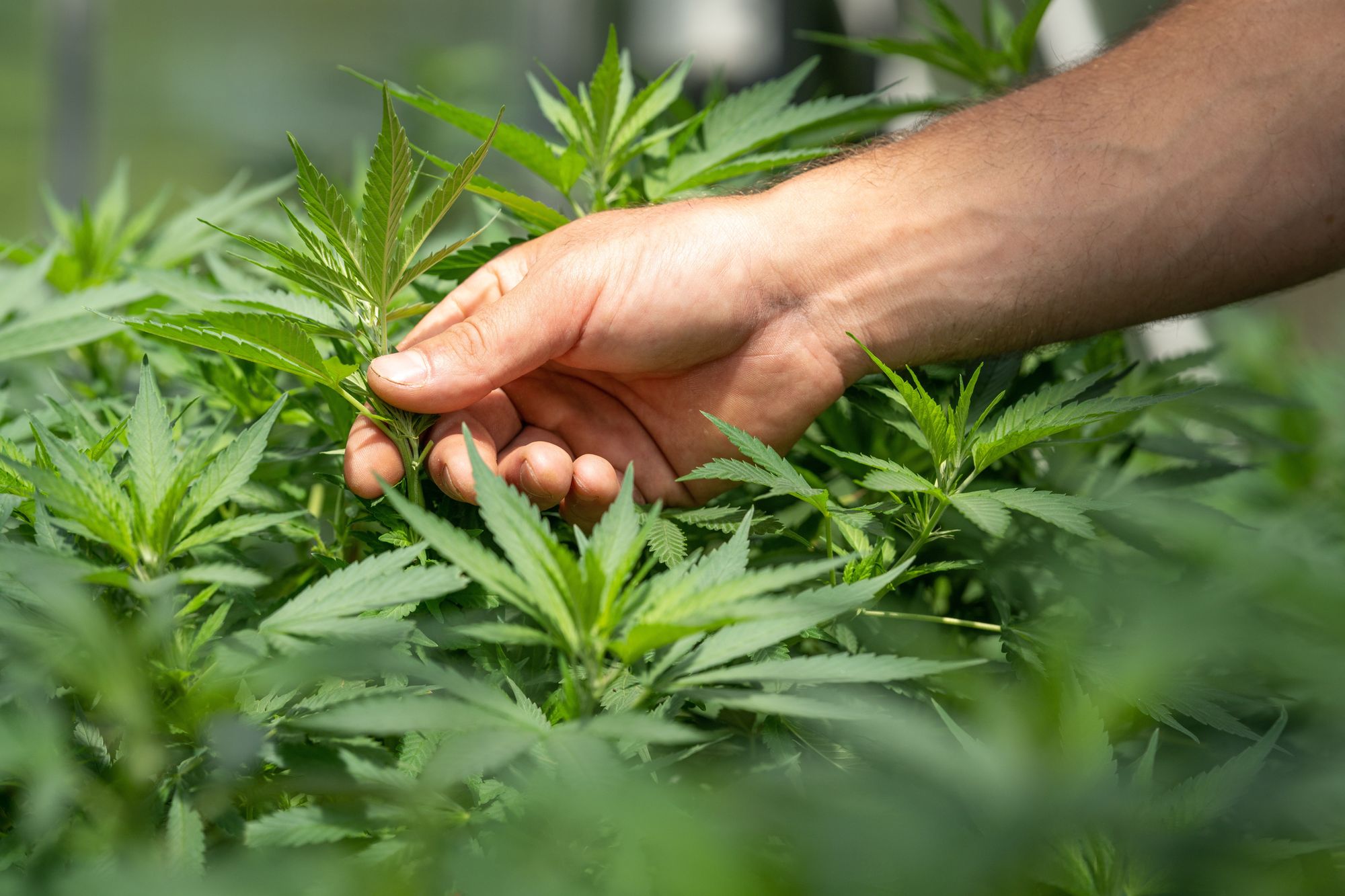
Although it’s quite clear that THC produces a high when consumed, what is less clear are the scientifically proven benefits, if any, of the other significant chemical compounds found in cannabis known as cannabinoids.
The most commonly known and understood is CBD, aka, cannabidiol.
CBD is one of over 110 chemically identified cannabinoids, but identification itself does not give scientifically proven understanding of what impact, if any, these compounds might have on human or animal physiology.
However, the medicinal benefits of CBD to treat the negative effects of epilepsy have been cleared for use in the United Kingdom, the U.S., and parts of Europe as Epidyolex, a drug produced by GW Pharmaceuticals.
Dr. Bugbee says the exciting aspect of what he and his colleagues are investigating is the impact of genetics and environment on potential pharmacological targets, something he terms GXE, or genetics times environment.
“Botanical medicine has a bright future,” Dr. Bugbee stated. “And cannabis is the most understudied of all the plants that could benefit us.”
Which is a big part of the reason why Dr. Bugbee is still at USU, some 40 years on, with no intent on slowing down or stopping.
“NASA has helped us fund hundreds of millions of dollars of infrastructure here. We are one of a few labs in the world with such capabilities, and this allows us to do controlled environmental agriculture like no one else.” Dr. Bruce Bugbee
And so, this still-unfolding, controlled environment cannabis-based research continues forward, built upon a foundation of decades of NASA-funded work, changes in federal and local law, regulations (and many public perceptions), as well as the mind of one Dr. Bruce Bugbee, Utah’s newly anointed King of Cannabis.
AUTHOR'S NOTE: This article was originally written for, and can be found in, the Summer 2022 edition of Silicon Slopes Magazine.

